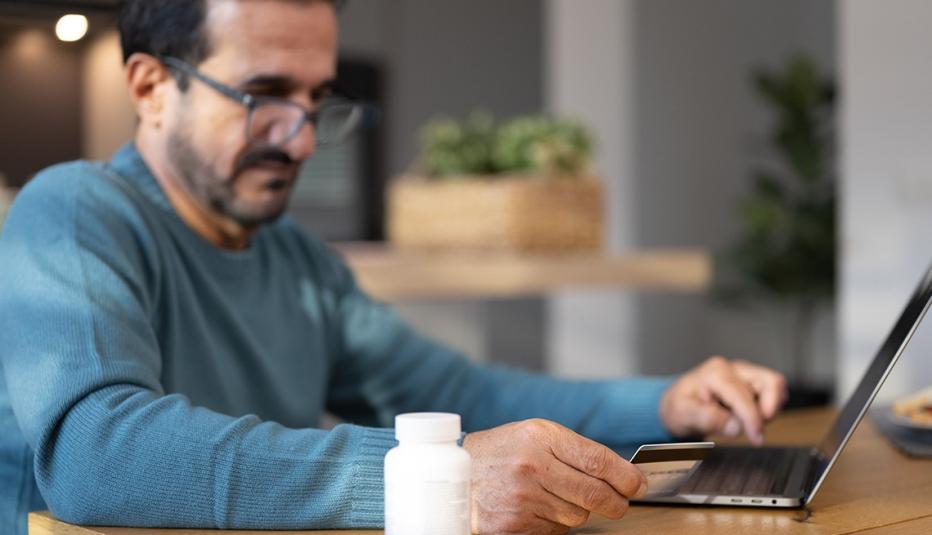AARP Hearing Center
Laura Mehegan, AARP Research
Gerard 'Chuck' Rainville, AARP Research
Teresa A. Keenan, AARP Research
AARP research reveals a connection between taking five or more prescription medications daily during a typical week — a threshold that defines the term polypharmacy — and social isolation, low life satisfaction, and poor mental well-being among adults age 40-plus. The study found that 30% of adults 40-plus take medications at polypharmacy levels, and nearly half of them, 49%, report limited social resources (i.e., social isolation).


Limited research as polypharmacy prevalence increases
Polypharmacy is on the rise, underscoring the need for greater understanding of its implications, both in terms of physical and mental well-being. Over the last 20 years, polypharmacy has risen among those ages 20 and older from 8% to 17%, while for adults ages 65 and older the percentage has jumped from 23% to 44%. Previous research found that polypharmacy in older adults with frailty accelerates that condition, resulting in negative outcomes.
In light of limited research on the topic, AARP studied the correlation of polypharmacy with various aspects of well-being. More than 3,000 adults ages 40-plus were surveyed. A Swedish study previously found a higher likelihood of social isolation among adults ages 60 and older with polypharmacy compared to those without polypharmacy.
Polypharmacy for 30% of 40-plus
While most adults 40-plus take less than five prescriptions, with 54% taking between one and four medications, 3 in 10 are in the polypharmacy range of five or more. Meanwhile, 6% of respondents in the survey reported taking at least 10 prescriptions, a usage threshold that defines what’s considered to be hyper-polypharmacy.
Over half, 55%, of those taking five-plus medications reported low mental well-being, compared to 46% of those taking fewer. Similarly, 47% of adults ages 40-plus taking medications at polypharmacy levels had low life satisfaction, compared to 37% of those who take four or few medications.
Among those who took prescriptions at hyper-polypharmacy levels, 60% were found to have low mental well-being.
Those with multiple medical conditions are more likely to experience polypharmacy, as well as medical side effects and unpleasant drug interactions — realities that can have detrimental impacts in the form of social isolation, life satisfaction, and mental well-being. Adults with more medical conditions typically suffer from lower levels of mental well-being, especially when coupled with social interaction and polypharmacy. The confluence of polypharmacy, multiple medical conditions and low social interaction and/or resources often leads to decreased overall happiness and mental health.
The connection that emerges from still-limited research once again underscores the importance of increasing healthy habits (both physical and mental) to delay the onset of medical conditions and associated use of prescription medications.
Methodology
The online survey of panelists age 40-plus was conducted November 25 to December 3, 2024. Data were weighed based on the Current Population Survey (CPS) and the U.S. Census Bureau’s American Community Survey.
For more information, please contact Laura Mehegan at lmehegan@aarp.org. For media inquiries, contact External Relations at media@aarp.org.
Suggested Citation:
Mehegan, Laura, Gerard "Chuck" Rainville, and Teresa A. Keenan. Polypharmacy and Social Isolation Among U.S. Adults Ages 40 and Older. Washington, DC: AARP Research, June 2025. https://doi.org/10.26419/res.00962.001
MORE FROM AARP


Prices for Top Medicare Part D Drugs Have Nearly Doubled Since Entering the Market
This Spotlight highlights the importance of the drug pricing-related provisions in the 2022 Inflation Reduction Act by examining how the prices of 25 top Part D drugs have changed since each product entered the market.


































































